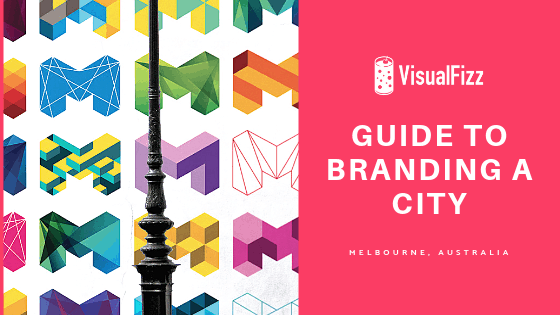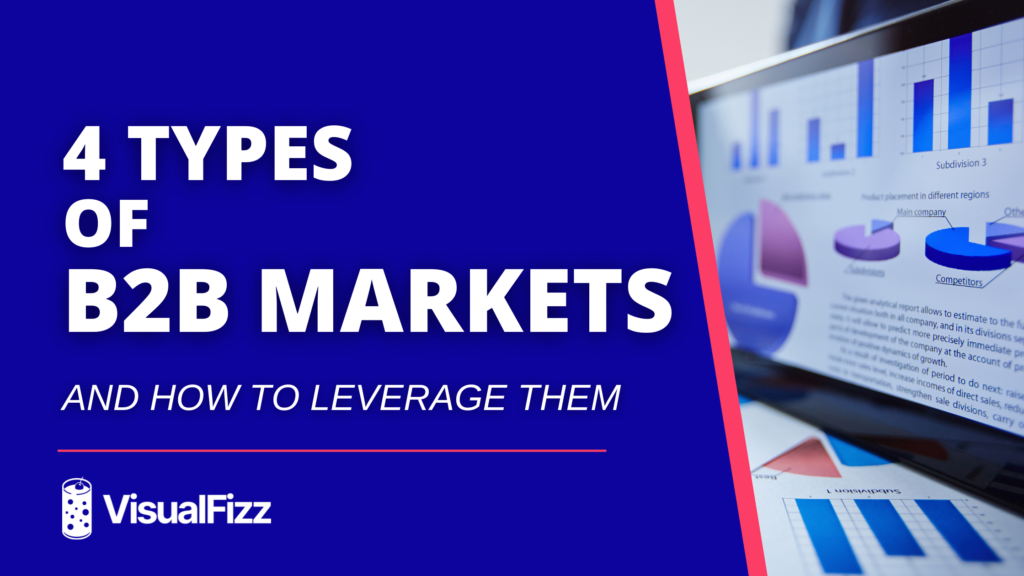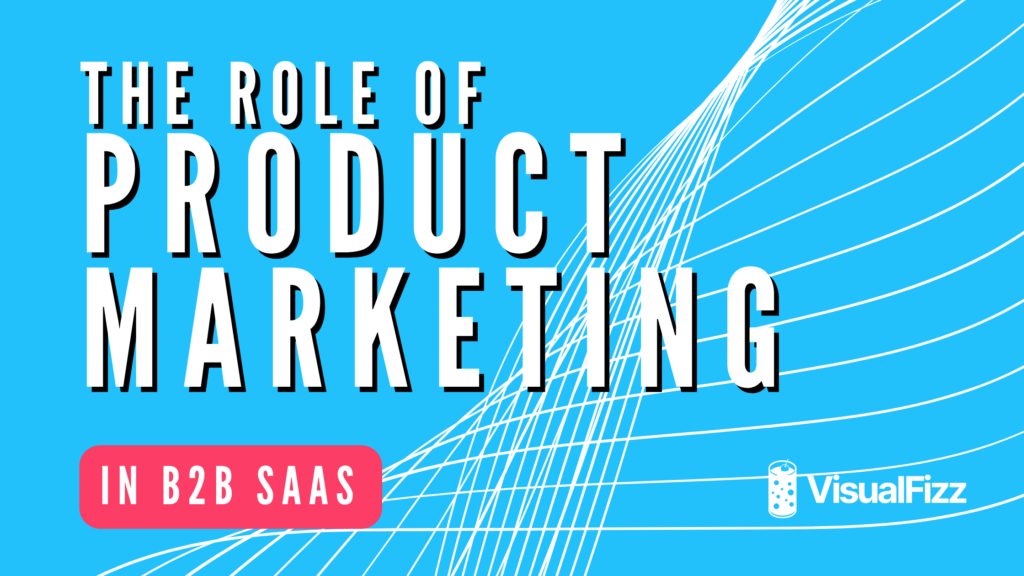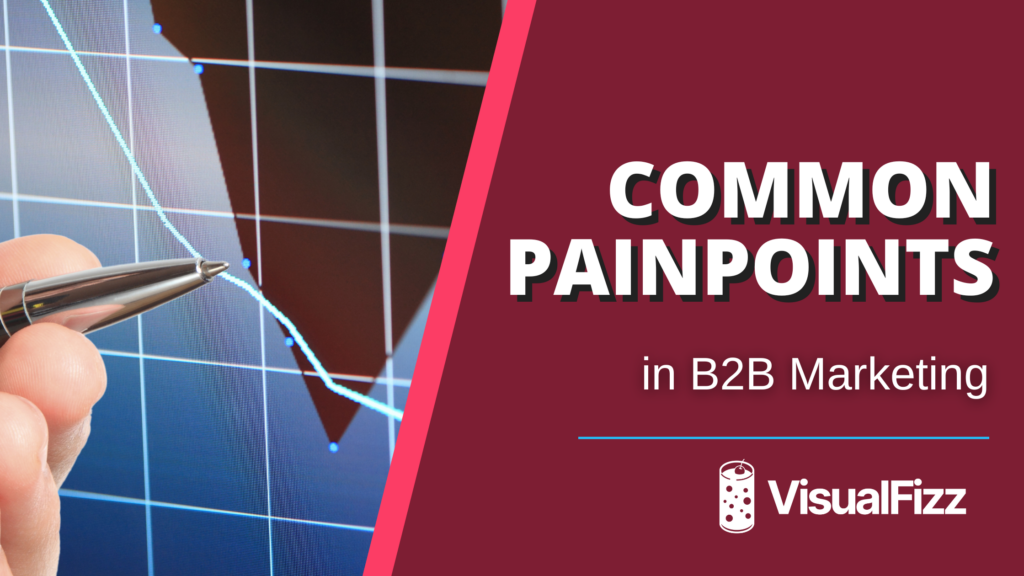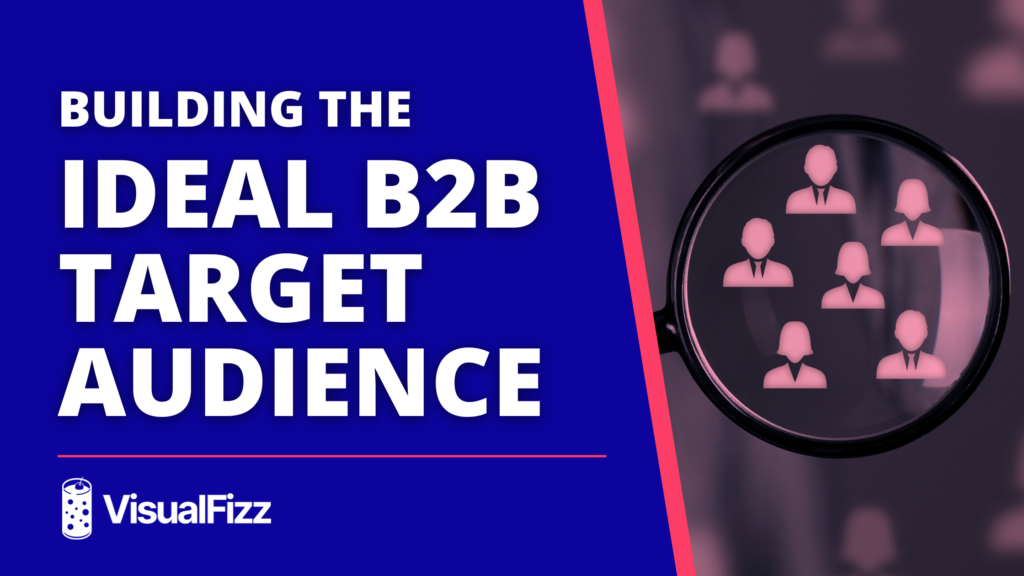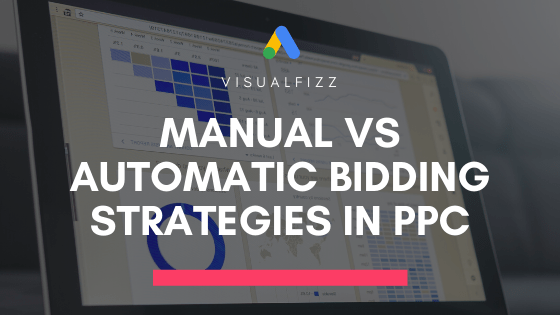
If you work in SEM, you’ve undoubtedly noticed the increase in machine learning systems introduced for campaign management. Ai based bidding strategies seem to be Google’s answer for the future of advertising. Google regularly contacts advertisers to boast about better returns, better bid optimizations and better performance for clients. They even offer a variety of automated options like Target CPA, Target ROAS, Maximize Clicks, Maximize Conversions, Maximize Conversion Value, Target Impression Share and full blown Smart Shopping campaigns. Seems awesome right? You’ll also notice that if you only look at the “recommendations” section of Google Ads, you’ll find some alerts that purposely look a little less serious than they really are.
While the world of advertising is advancing into AI Learning, is it the best default option? If you ask most Google reps, the answer will most likely be yes. It makes sense that advertisers are the first to access certain tools and settings, and it makes sense that Google reps will push new features. It also makes sense (sort of) that Google is going to want to push advertisers to utilize tools that increase costs and diversify budget, making it easier to spend more than originally intended.
Don’t get us wrong, we’re all about automation and efficiency. These systems undoubtedly save hours of optimizations and have the ability to make real time bid changes and modifications to devices, demographics, locations and audiences quicker than humans. This frees up time to drive strategy which is ultimately the thing AI can’t do yet. Utilizing this feature definitely freed up time for structural optimizations, better ads, deeper A/B tests and other non-bid related optimizations is a huge benefit for marketers and their clients.
Take a look at the below example. This client is a major player in Asphalt Repair and Paving through the United States.
A few things to note about this client account:
- This account is a lead generation account in the construction and industrial space.
- This account is ‘low converting’. By that, we mean that we anticipate low conversion numbers and fairly low conversion rates. Each conversion, if it results in a successful sale for the client, is a high ticket sale.
- This account is testing bidding strategies against the same demographics across 8 different locations.
- This account has a limited monthly budget.
- This account has been active for 3 years.
This particular campaign went through a 3 month test in the Southern California location.
July – Manual Bidding Bidding Strategy
July utilized Manual Bidding
August – Maximize Clicks Bidding Strategy
August utilized Maximize Clicks
September – Maximize Conversions Bidding Strategy
September utilized Maximize Conversions
There are a few interesting things to point out from this test. First, Maximize Conversions performed slightly better with 1 more conversion, a better conversion rate and lower cost per conversion. Second, Maximize Clicks did significantly increase clicks but at the expense of conversions. Third, Manual CPC wasn’t drastically outperformed.
Let’s take a look at another example with the same client in the Chicago area.
July – Manual CPC Bidding Strategy
July utilized Manual CPC
August – Maximize Clicks Bidding Strategy
August utilized Maximize Clicks
September – Maximize Conversions Bidding Strategy
September utilized Maximize Conversions
These results were a bit more interesting, as Maximize Clicks actually did better than manual CPC and Maximize Conversions. Seasonality is worth mentioning here, as this location (Chicago)’s weather is notorious for being, we’ll say, extreme, and August is peak season for this industry. In this case, “Maximize Clicks” was the ultimate winner.
When applying this test to all 8 client locations, however, results as to which bidding strategy performed better were inconclusive. We could not confidently determine which strategy performed better.
We did notice a few things, however. On limited budgets, automated systems had a tendency to increase CPCs and drop Impression Share. For example, in our Canadian demographic, the Maximize Clicks bidding system would cap our CPC at $1 in an industry where the normal CPC is $8-$13. With +900% increases to all three devices, we were able to get the CPC up to around $2. However, we were still losing out on 70%+ Impression Share due to rank. Despite that, this was still the best performing bidding system of the three.
What is going on here? We dug in a bit further, and found a few facts that the Google reps don’t necessarily mention upfront when advising advertisers on implementing automatic bidding strategies.
Automatic Bidding Strategies Work Best With Very Large Budgets
It took a few different calls with Google Reps, but after numerous conversations, they informed us that an ‘ideal’ target daily budget is at minimum 2-4x your target Cost Per Acquisition (CPA). That’s at a minimum, and they recommended targeting 10x your target CPA.
To put those numbers into real terms, in this client’s case, a target CPA of $200/conversion would be a minimum daily budget of $400-$800 and an ideal daily budget of $2,000.
So since our client doesn’t intend to spend $60,000 per month per location with Google, you can see how this bidding strategy might not be the best fit, and the effects of that are visible.
Conversion History Is Important to AI Learning
Google also recommends having a conversion history of at least 30 conversions per month. This means a new campaign with no conversion history wouldn’t be the best situation for one of these systems. In our case, this wasn’t too much of a factor, as the account had been active a while, but if you’re launching a new account, automatic bidding strategies might not be the best choice, at least not right off the bat.
Conclusion: Run AB Tests, Use Caution
Give a PPC specialist a situation and they’ll want to run a test. So our advice based on our automatic bidding tests is the same advice that we as advertisers apply to basically any situation: Run tests, use control, and don’t dive head first into new strategies because Google told you to.
Ultimately, as a marketer, you should be testing all of these factors on your accounts, and pay attention to what matters the most in the accounts – conversions. This means that even when you test out Max Clicks, keep your eye on the price – your conversions and conversion rate.
While we do recommend running a variety of bidding strategies and bidding tests on your campaigns, take the age of your account, the daily budget, and the target CPA into consideration. We recommend Manual CPC for new campaigns/accounts until the account reaches 1 conversion per day for maximum potential. Don’t forget about the high budget requirements; if your budget to CPA ratio is too low, the automatic bidding systems won’t function to their full accuracy, and you might end up with a high spending, low converting account. As always, give your tests enough time to run – let them run for a good 4-6 weeks before making decisions.
The takeaway is that these systems may perform well for very high spending and/or high converting accounts, but might not be the best solution for smaller clients. As you can see from some of our examples, for lower budget clients, the performance of these automated bidding systems is random at best. While automating an admittedly mundane task sounds great, it appears the current set up doesn’t do any favorites for smaller or more niche clients. As marketers, and agency marketers at that, it’s our job to test these things and not just accept Google’s recommendations as ideal. Every client is unique in structure, goals, and needs, and to accept that any one automated bidding system is the best just because of its name would be a mistake.
Contact the SEM and PPC team at VisualFizz to begin a paid search project.
Publishing Date:

